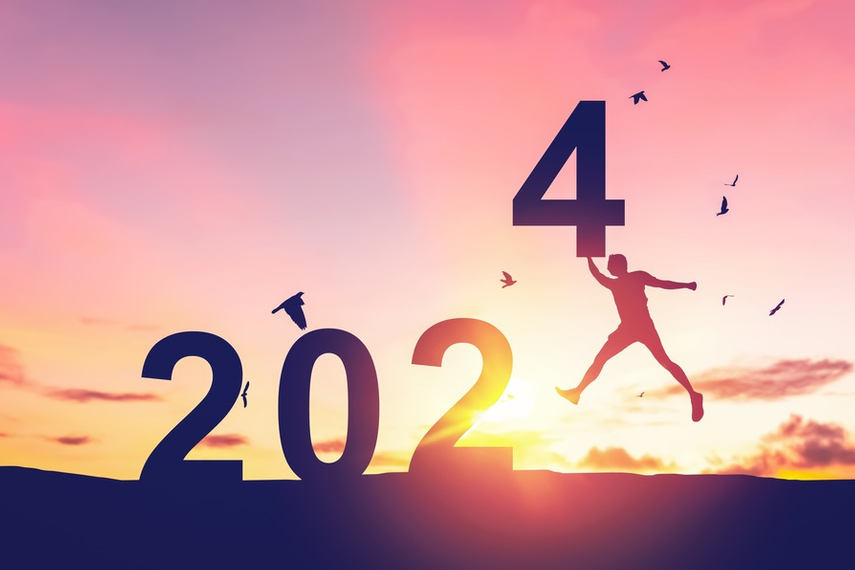
Please sign in or register
Existing users sign in here
Having trouble signing in?
Contact Customer Support at
[email protected]
or call+852 3175 1913
OUTLOOK 2024: Only the most valuable insights from all the top industry reports on trends and predictions for the coming year. We look at them all so you don't have to.

Contact Customer Support at
[email protected]
or call+852 3175 1913
Top news, insights and analysis every weekday
Sign up for Campaign Bulletins
DM9, part of the DDB network, faces fallout over its Grand Prix-winning campaign for Consul Appliances, with Chief Creative Officer Icaro Doria stepping down after allegations of AI manipulation and unauthorised footage usage.
Women sought refuge in the Empower Café when the Cannes Lions safe zones were not open.
Leaders from the Media Network share insights from the jury room and how data and tech are driving more innovative media solutions.
Caroline Foster Kenny and Stephanie Prager are the new global client presidents.